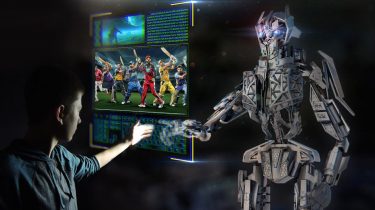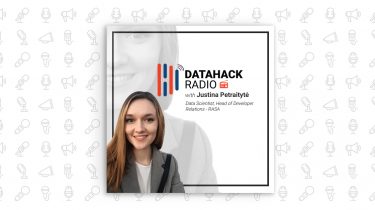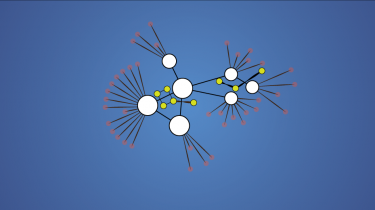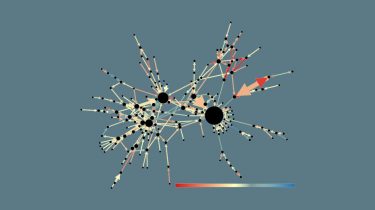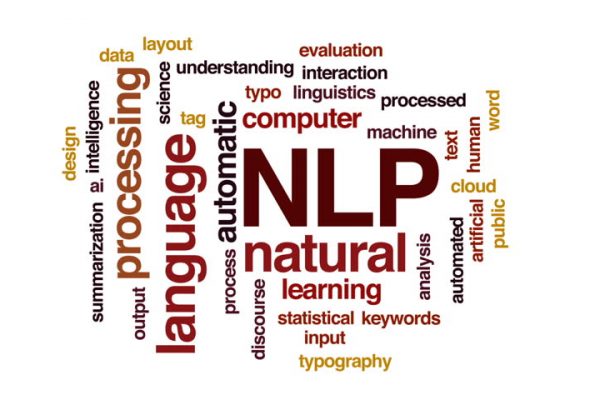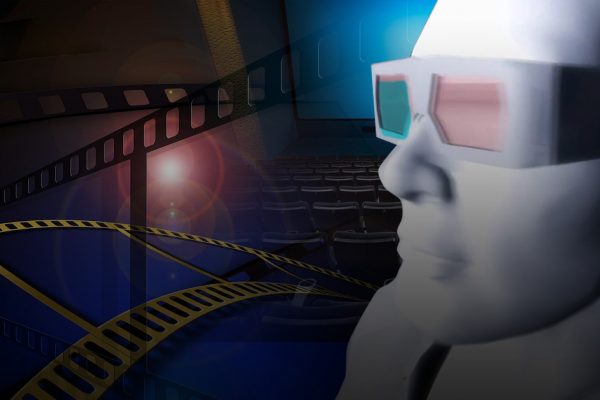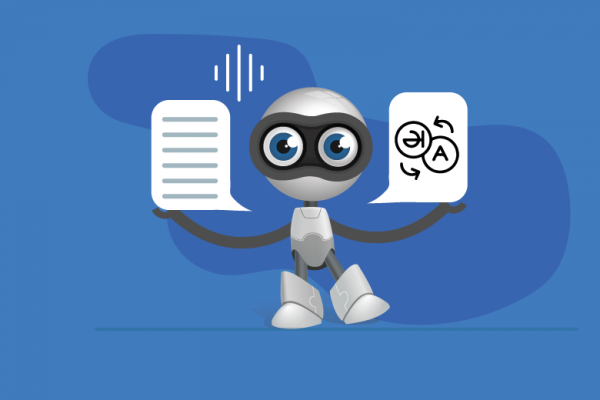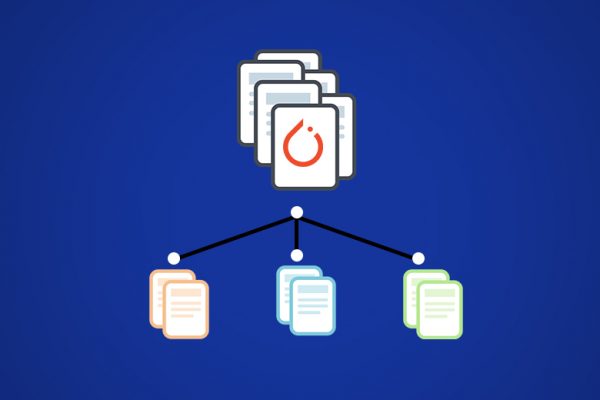Learn how to Build and Deploy a Chatbot in Minutes using Rasa (IPL Case Study!)
Introduction Have you ever been stuck at work while a pulsating cricket match was going on? You need to meet a deadline but you just can’t concentrate because your favorite team is locked in a fierce battle for a playoff spot. Sounds familiar? I’ve been in this situation a lot in my professional career and checking my phone every 5 minutes was not really an option! Being a data scientist, I looked at this challenge from the lens of an […]
Read more